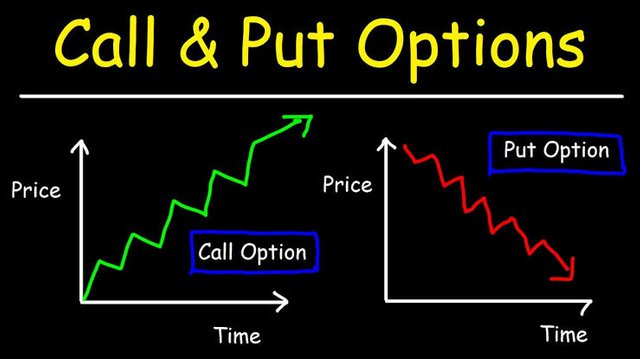Option trending refers to the popularity and movement of specific options contracts within the financial markets. Options are derivative contracts that give the holder the right, but not the obligation, to buy or sell an underlying asset at a predetermined price (strike price) within a specified period (expiration date).
The concept of option trending can be analyzed from two perspectives: volume and price movement. Let's explore each of them:
Volume Trending: Volume trending in options refers to the increasing or decreasing trading activity of a particular option contract. When a specific option sees a significant increase in trading volume, it suggests increased interest from market participants. This heightened activity may be due to various reasons, such as news events, earnings announcements, market sentiment, or other catalysts.
Monitoring volume trending can provide insights into market sentiment and the potential direction of the underlying asset. Higher volume usually indicates increased liquidity and potentially higher market participation, which can lead to greater price volatility.
Price Trending: Price trending in options involves analyzing the movement of option prices over time. Options have their own market prices, known as premiums, which fluctuate based on several factors, including the price movement of the underlying asset, time remaining until expiration, implied volatility, and supply and demand dynamics.
Price trending can help identify options that experience significant price changes or exhibit patterns. Traders often monitor option prices to identify potential opportunities for profit, such as changes in implied volatility or the price skew between different strike prices.
Moreover, option trending can also refer to the movement of the underlying asset itself. If a particular stock or commodity is experiencing significant price movements, the options associated with that asset may also exhibit trending behavior.
Tracking option trending often requires access to real-time data, advanced charting tools, and analysis of market dynamics. Traders and investors may utilize various strategies, such as technical analysis, fundamental analysis, or a combination of both, to identify and capitalize on option trending opportunities.
It's important to note that option trading involves risks, including the potential loss of the entire premium paid. Therefore, individuals interested in participating in options markets should have a solid understanding of the associated risks and consider consulting with a financial professional before engaging in options trading activities.
.jpeg)